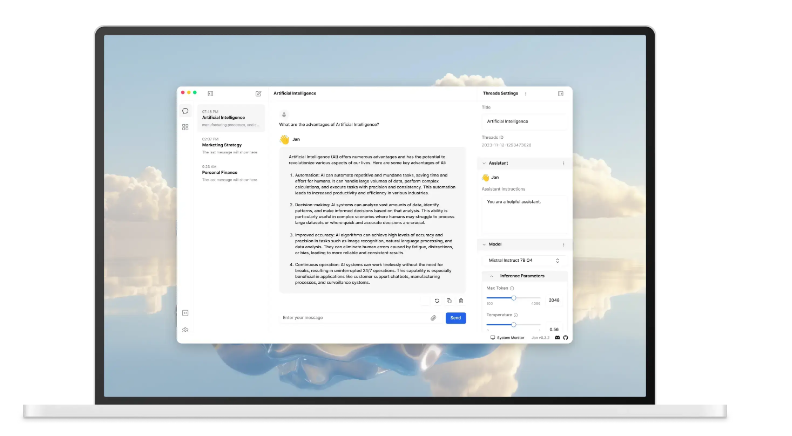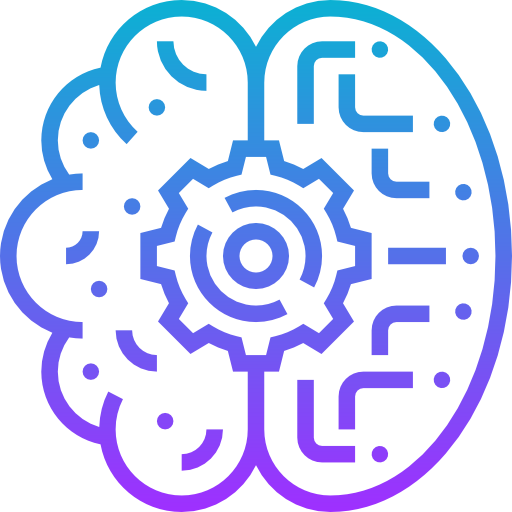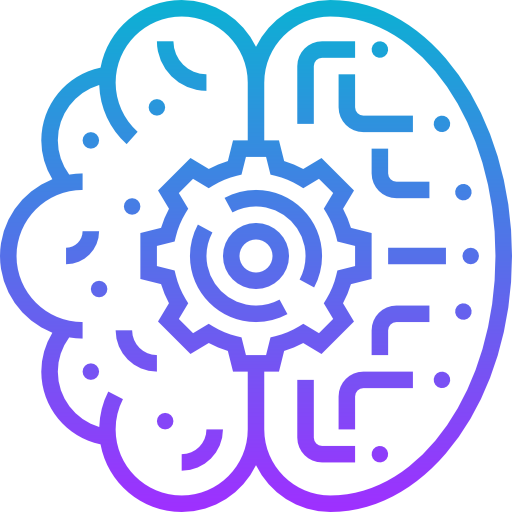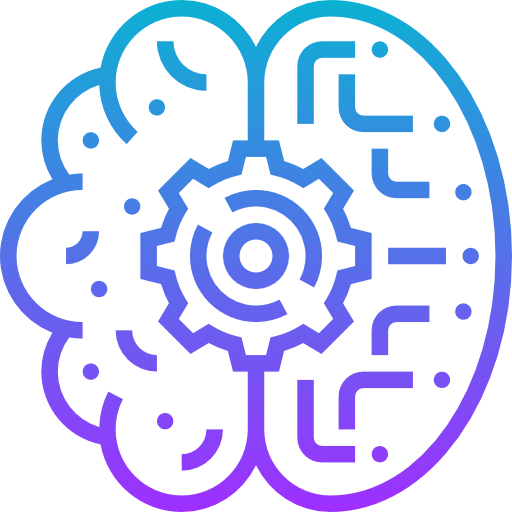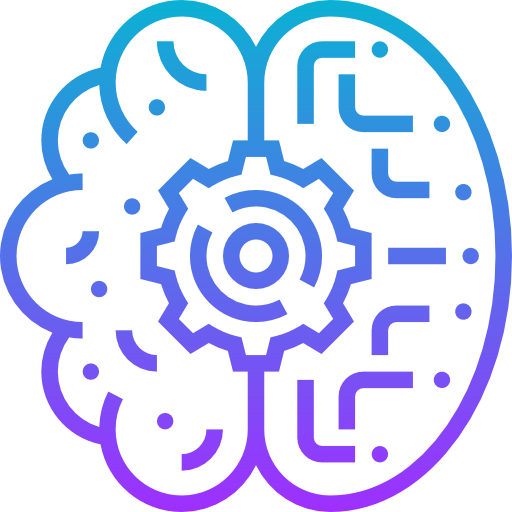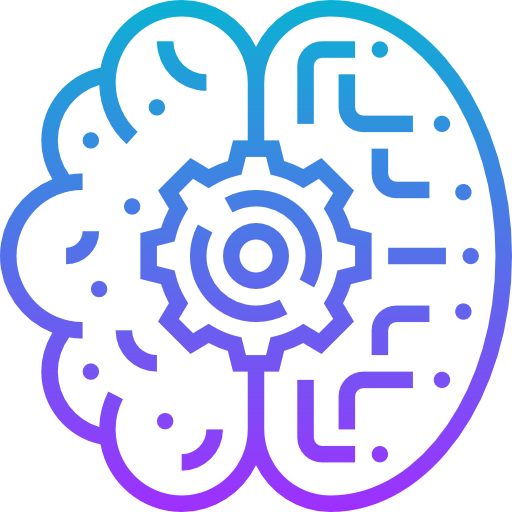How to Harness ChatGPT's New Reason Tool: Practical Scenarios and Examples
Table of Content
ChatGPT’s new Reason tool adds a sharp edge to problem-solving, decision-making, and analysis. If you've ever needed a methodical breakdown of complex ideas or solutions to tricky logic problems, this feature will be your new best friend.
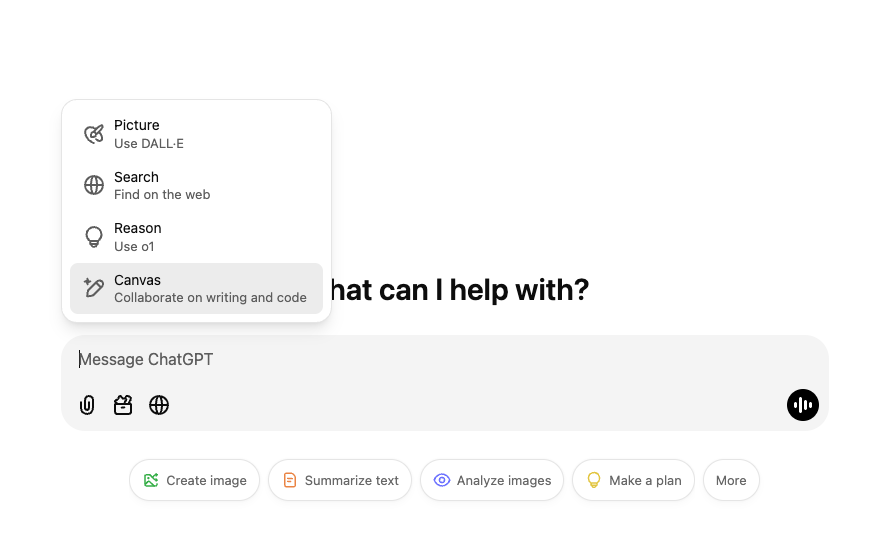
Let's explore how to make the most of Reason, with real-world examples that show it in action.
1. Break Down Math Problems Step-by-Step
For anyone who's ever stared blankly at an equation, the Reason tool is here to help. Whether it's algebra, geometry, or basic arithmetic, Reason doesn’t just give you the answer — it shows the why and the how.
Example Prompt:
"Solve for x: 4x + 12 = 36. Explain each step clearly."
Output:
- Subtract 12 from both sides:
4x = 24 - Divide by 4:
x = 6
The tool doesn’t stop at solutions; it provides clarity, which makes it perfect for students or educators.

2. Debug Code Without Frustration
Developers know the pain of staring at an error for hours. With Reason, you can get logic-based feedback that actually makes sense.
Example Prompt:
"Here's my JavaScript function that isn’t returning the correct sum. Can you debug it?function add(a, b) { return a - b; }"
Output:
"It looks like you’re subtracting b from a instead of adding. Change the minus (-) to a plus (+). Corrected function: return a + b;."
Simple, clear, and efficient. It saves time and sanity.
3. Dissect Logical Fallacies in Arguments
Ever felt something was off in an argument but couldn’t pinpoint why? The Reason tool excels at breaking down logic, helping you find hidden flaws.
Example Prompt:
"Analyze this argument: ‘If we lower prices, sales will increase. Therefore, we should always lower prices to increase profit.’"
Output:
"This argument contains a fallacy. Lowering prices might increase sales volume, but it doesn’t guarantee higher profit. Other factors, like production costs, need consideration."
It’s like having a personal debate coach who ensures your arguments are watertight.
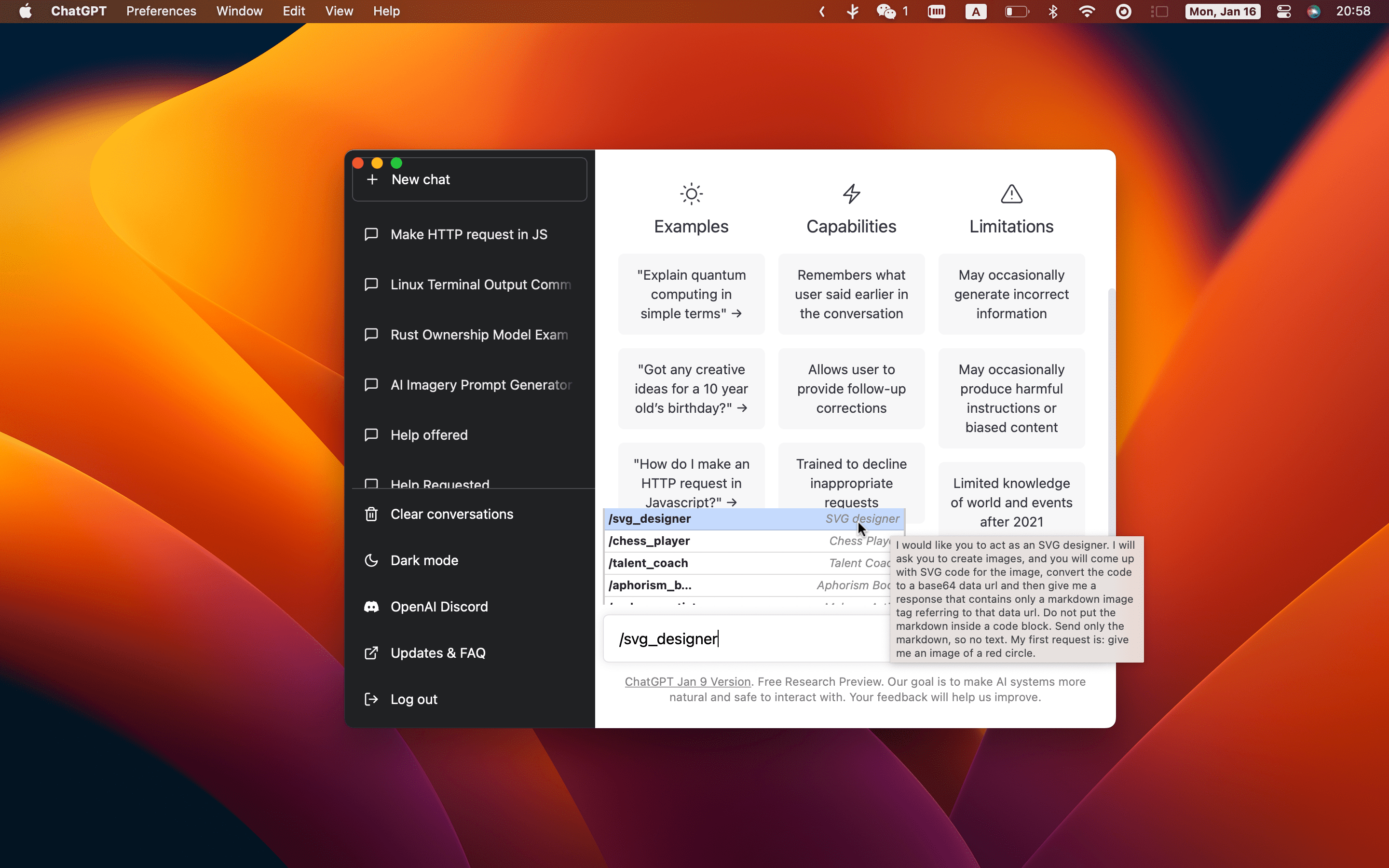
4. Create Decision Trees for Complicated Choices
We all face choices that feel overwhelming. The Reason tool can turn confusion into clarity by laying out logical pathways.
Example Prompt:
"I’m deciding between buying a new car or fixing my old one. Create a decision tree."
Output:
- If repair costs > 50% of car value → Buy a new car
- If repair costs < 50% of car value → Fix the old car
- If new car budget is tight → Delay purchase and save
Simple, structured, and easy to follow. Perfect for personal or business decisions.
5. Explain Complex Concepts in Plain Language
Whether it’s blockchain, machine learning, or quantum physics, the Reason tool can make even the most complex topics digestible.
Example Prompt:
"Explain how blockchain works to someone who knows nothing about technology."
Output:
"Blockchain is a digital ledger — like a Google Doc — that everyone can see, but no one can change without everyone agreeing. Each ‘block’ contains data (like transactions) and is linked to the previous block, forming a ‘chain.’ This makes it secure and transparent."
No jargon, just clarity. It’s a game-changer for educators, writers, and learners.
Final Thoughts: A New Era of AI-Assisted Logic
The Reason tool isn’t just about solving problems — it’s about understanding them. Whether you’re debugging code, solving equations, or making decisions, Reason adds structure and insight to the process. For anyone who wants to harness AI for more than just casual queries, this tool is a solid upgrade.
It’s logical, it’s clear, and — dare we say — it’s reasonable.

